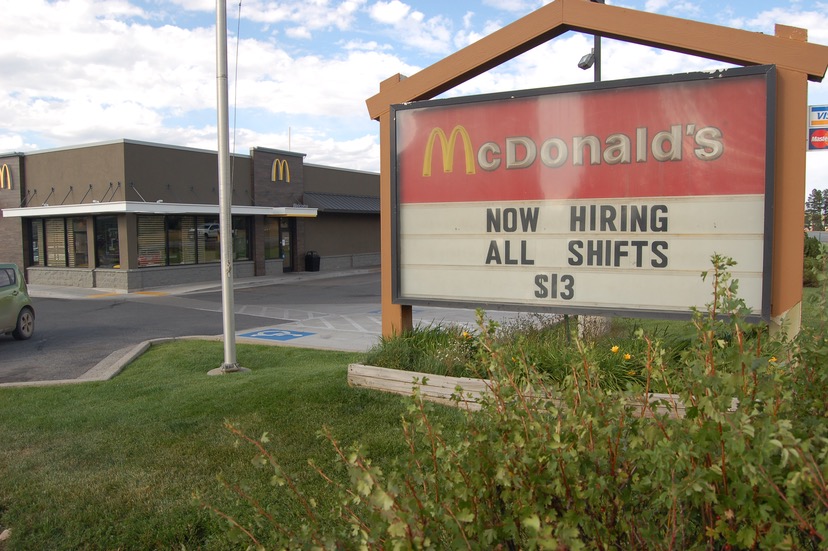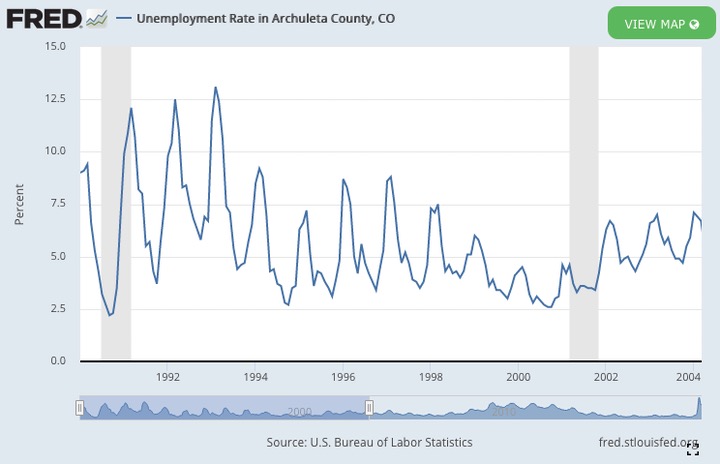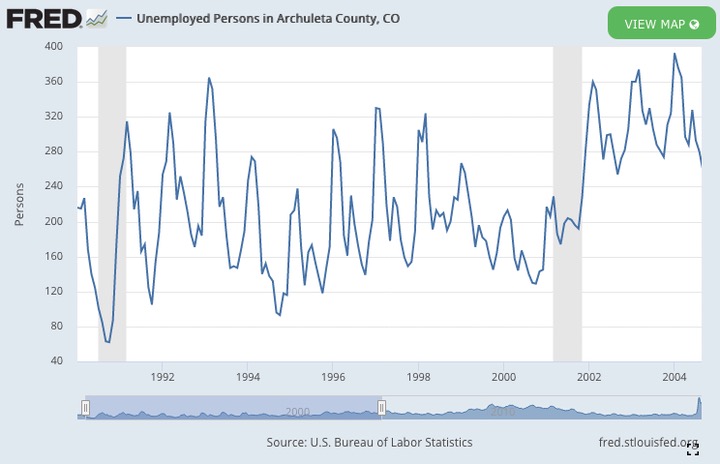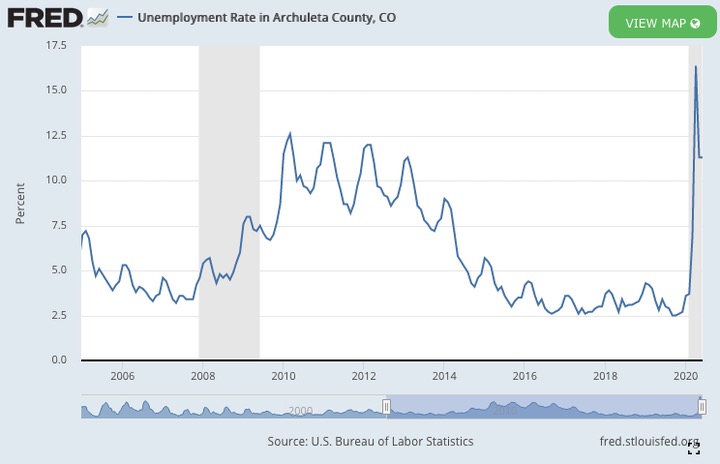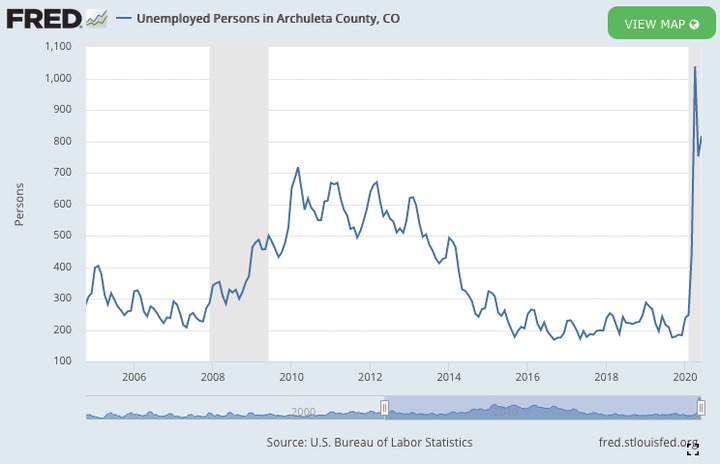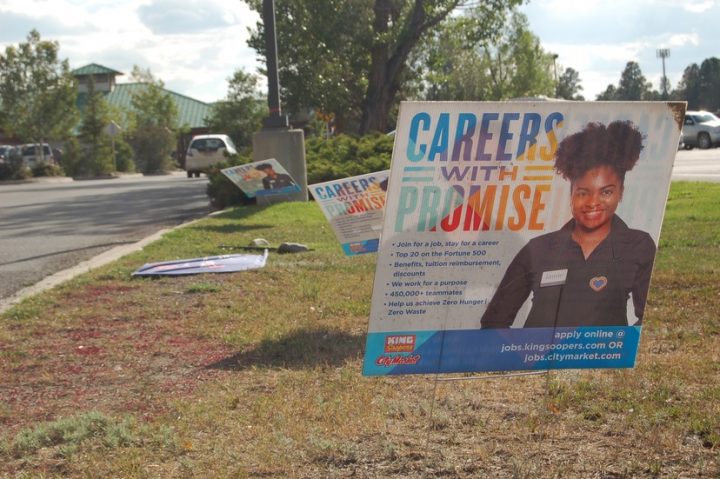I’ve owned various businesses over the years, a few of which were actually financially viable. On a couple of occasions, I’ve worked as an employee in someone else’s business.
My first real job, however, was as a government employee. In that full-time position with the municipal Recreation Department in Juneau, Alaska, I sometimes felt like I was engaged in ‘busy work’ — doing work that was essentially meaningless, just to fill in the hours on my time sheet. Sometimes the ‘useless’ work had been assigned by my boss; sometimes I had to invent it myself.
Not a comfortable feeling.
I can’t recall doing any ‘busy work’ while running in my own businesses. On the contrary, it seemed like I could never catch up with all the meaningful tasks waiting to be completed, even when working long into the evening.
I’m thinking, this morning, about private businesses, and government tasks, and employees. We live in a society that talks a great deal about the ‘number of jobs’ but doesn’t typically talk much about the satisfaction, or lack thereof, that comes from working at any particular job.
The Federal Reserve Bank of St. Louis’ FRED division (Federal Reserve Economic Data) tracks unemployment figures, and I suppose those numbers have some kind of meaning. One of the figures they track is “percentage of the workforce” currently unemployed. As mentioned earlier in this editorial series, the figure for Archuleta County has been above 11 percent since April.
FRED also tracks the “number of people unemployed.” A slightly different number, but closely related to the “percentage” reckoning.
During the 1990s — before our local governments got actively involved in the job of ‘creating jobs’ through government spending and policies — the unemployment numbers swung dramatically between summer employment and winter employment. For example, the unemployment rate in March 1993 was 13.1%. Five months later, in August 1993, the rate was 4.4%.
But that’s the ‘rate’ of unemployment, based on a percentage of the number of people looking for work in Archuleta County.
The number of persons unemployed is a different number.
In March 1993, when the unemployment rate was 13.1%, there were actually 352 people looking for work (according to FRED). In August, when unemployment was 4.4%, there were 147 people looking for work.
The two graphs look similar, but not identical.
Fast forward to 2020. This is a summer like not other, in Archuleta County. For the first time (since the start of the FRED graphs available, in January 1990) the highest point in our unemployment rate occurred in April and extended into the summer. The rate in April hit 16.4%, and remained above 11% into the start of July (the most recent month shown.)
But a ‘rate’ is rather impersonal, as we know.
The FRED also provides us with the actual number of people.
In February 2020, about 248 people were looking for jobs in Archuleta County — a much lower number of people than FRED had tracked in March 1993.
In April 2020, the number jumped to 1,038 people.
In June, the number was still high: 817 people.
In a county of about 14,000 people — counting men, women and children, and also counting retirees as well — about 1-in-17 people are without work, and are looking for work. Not counting children and retirees, the number is closer to 1-in-9.
But… are they really looking for work?
When I drove to City Market to buy a few food items yesterday, August 31, I stopped to snap a couple of photos.
It would appear that two of the more successful businesses in Archuleta County (measured anecdotally by the number of cars passing through their parking lots on a regular basis) cannot find enough employees.
McDonald’s has closed down their indoor eating area, at least temporarily, and currently serves customers only through the drive-up windows. We could easily explain that closure as COVID-related. We could just as easily explain it as due to a lack of employees.
When I walked the City Market aisles, the shelves appeared to be somewhat unkempt, and partially empty. It looked like no one had stocked the shelves for a couple of days. This was not the City Market to which I’d become accustomed.
A shortage of employees?
The numbers collected by FRED and other data-driven agencies are certainly interesting. Another side of the story is disheveled grocery store shelves and closed restaurants.
Several months ago, an ambitious group of local activists formed a group called “Resilient Archuleta” and commenced to host guest speakers at the County Extension Buildings, lecturing on ways that our community could become more ‘resilient.’
From one of the group’s press releases, from last August:
‘Resilient Archuleta’ is community collaboration with the goal of raising community awareness to the threats of climate change events, and opening the door for conversations to find ways to become resilient in our social, economic and environmental well-being within our community. The process thus far has identified that the rural small town character and natural resources are the top-valued assets in the county followed closely by the sense of community. The biggest threats to our county showed environmental hazards attributed to climate change with wildfire, floods and drought rising to the top, followed by growth and infrastructure challenges, and economic stability.
I attended a couple of those lectures, which dealt mainly with environmental issues. Drought. Climate change. Wildfire.
Economic stability didn’t seem to be the group’s top priority.
Little did the ‘Resilient Archuleta’ folks know, last summer, just how different things might look a year later.

